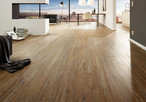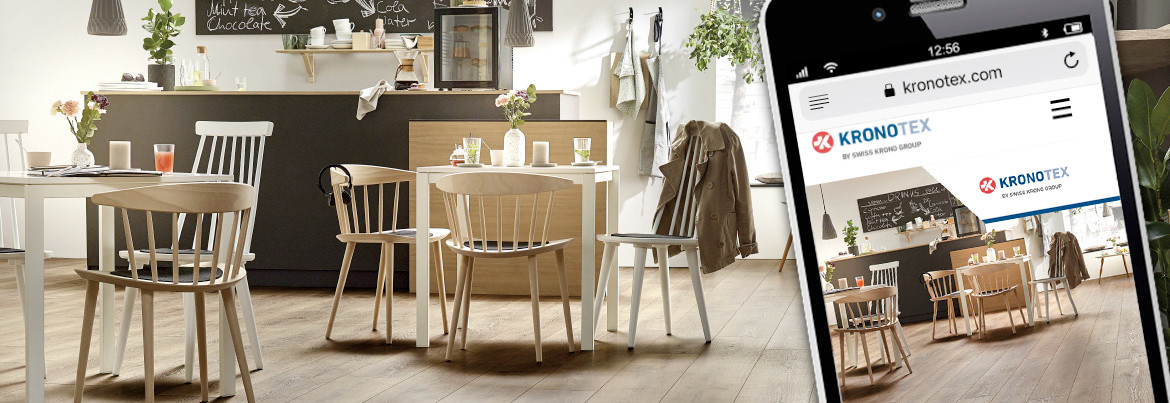How Will People Live in Future?
- Kategorie: Noticias generales
16. December 2016 | Futurologists are developing visions of how we will live in 20-30 years.
Living is a complex subject, but it’s worthwhile to think carefully about it with a view to the future. After all, we build homes and flats with the intention of using them for many years. What wishes and expectations will we have tomorrow? What is already important to us now? How will demographic trends affect how we live? What new technologies are currently being developed and may soon become part of our everyday lives? Is there really enough space for everyone?
The experts of the Zukunftsinstitut (“Future Institute”), one of Germany’s most highly reputed think tanks, have addressed these questions and summarised their conclusions in an article entitled “The Future of Living – Key Trends Until 2025”. Among other things, they expect the following five things to happen:
1. Living will become more decentralised, thus creating a greater need for “third places” (a concept coined by urban sociologist Ray Oldenburg: home is the “first place”, the workplace is the “second place”, and informal public gathering places are defined as “third places”) as well as new living concepts.
Our own four walls – whether owned or rented – are and will remain the centre of our lives: our personal, individual places of refuge. Parallel to them, however, there will increasingly be a need for other spaces where people gather, for example large kitchens, libraries, cafes, clubs and parks, schools and universities etc. We will also tend to think more in terms of zones instead of rigidly defined rooms.
The keyword here is flexibility, for example in the form of adaptable wall systems. Furniture will become more mobile and be used more extensively to structure or divide up spaces. Where new buildings are concerned, architects will have to pay considerably more attention to implementing concepts that allow flexible use. What we need are large rooms that can be subdivided as wished into zones of different kinds. The maxim will no longer be “built for a lifetime”; instead, we will stress the ability to transition flexibly and smoothly between the successive stages of our lives. The more flexibly a dwelling can be adapted to changing circumstances, the better.
An example that points the way forward here is a multigenerational house in Berlin that already features a flexible layout and common rooms.
2. XS living without any loss of quality will become established as new services and common rooms supplement living space “on demand”.
This trend is closely related to the first. If we are able to share rooms with others, we require less exclusively personal space of our own. You can already find many examples of how to cleverly and efficiently furnish and equip very small spaces. And there will be digital platforms that we can use to find rooms elsewhere that we can use when there’s a need.
3. Interiors will acquire fresh importance, driving a boom for suppliers of furniture, decorations etc.
Personalised interiors and furnishings will become the new standard of luxury. The focus here is on the details. We will increasingly seek out one-of-a-kind objects and items with their own history or special texture. These things will become status symbols, driving a trend away from brands and emphasising where objects are from, their details and associated stories. This applies both to interior decorations such as furniture, lamps etc. and to entire houses.
4. In future, technology will define our everyday lives and give rise to a growing market for things that make them easier.
There will be new services that we take advantage of daily to reduce our stress levels. New, health-promoting technologies will also become established. Difficult-to-use applications will disappear from our living spaces and be replaced by clever self-teaching technologies. An example is heating systems that adapt to residents’ personal needs and preferences. The Internet of Things (IoT) will also play a growing role. The more tactile and intuitive these applications become, the more thoroughly they will be integrated into our everyday lives.
5. Nature will become the theme of the future, and living and building will be geared even more strongly to preserving the environment.
Environmental and health criteria will become the forces driving the design of living space. We will strive increasingly for a green, sustainable living environment. Nature will therefore grow in importance for many people. There will be more and more gardens (here the buzzwords are urban gardening and indoor gardening) that serve not only to enhance personal wellbeing but also contribute to improving the urban climate.
Overall the experts of the Zukunfsinstitut have concluded that living is set to become a more holistic endeavour. Space, materials, colours, light and sounds will all be combined to create a unique experience. Natural surfaces and wood looks will be integrated in open, flexible living concepts. The distinctions between one’s own space that jointly used rooms and areas will blur. Besides environmental and health concerns, a greater role will be played by the inclusion of people with disabilities, connectedness and participation.

|

|
Five Latest Articles
| 15.12.2017 | Combinar acertadamente estilos decorativos de suelos laminados y formatos de paneles |
| 16.01.2017 | FLOORS FOR LIVING 2017 |

